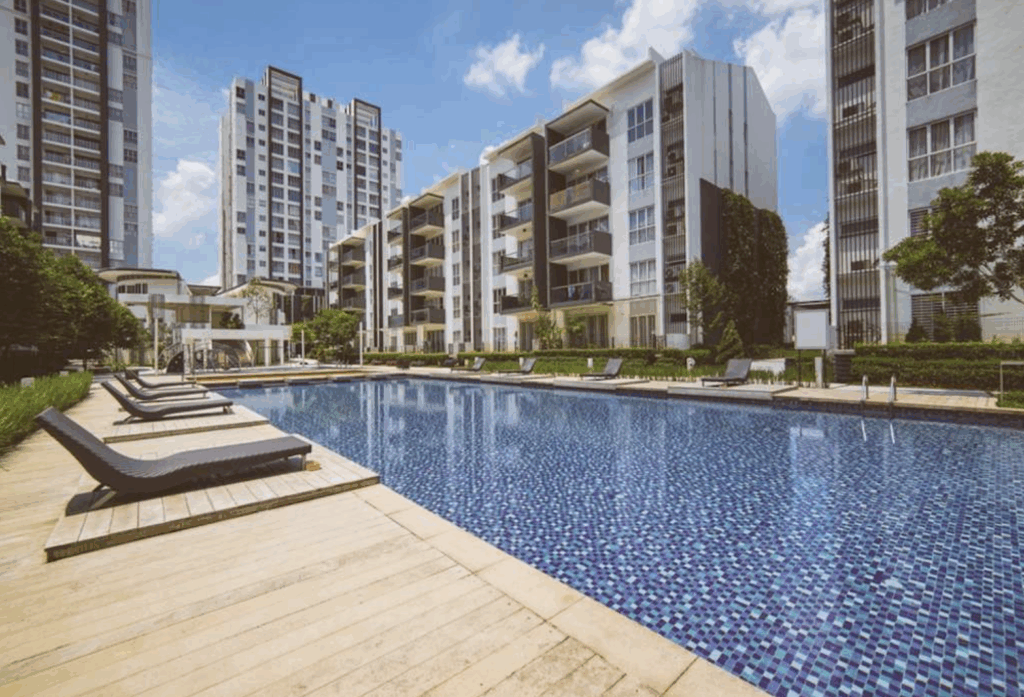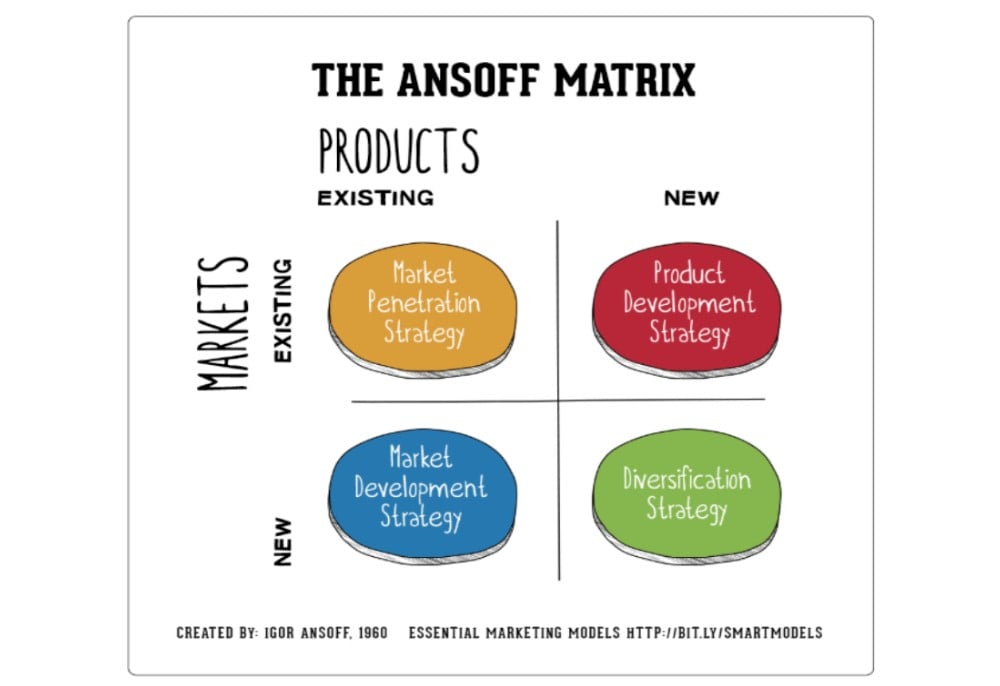
There was a time when “globalization” and cost optimization defined hospitality innovation trends. Business schools taught frameworks like Porter’s Five Forces and Ansoff’s Matrix, and the roadmap to hospitality growth was clear: move existing products into new markets or develop new offerings for current customers. But today, the game has changed. Hotel technology, changing guest expectations, and the blurring of industry lines have redefined how new hospitality products come to life. What used to be a simple matrix has morphed into a multidimensional hotel product development puzzle.
Global Strategies Revisited
Decades ago, hospitality leaders and hotel developers used strategic tools to make major market moves. Consider McArthur Glenn, which successfully exported the U.S. factory outlet model to Europe, drawing 90 million annual visitors today. Or the transformation of all-inclusive resorts in Mexico and the Caribbean, once synonymous with quantity over quality, now repositioned by brands like Karisma and Playa Hotels to deliver gourmet experiences and elevated service. These are textbook examples of Ansoff’s model in action: bringing existing ideas to new regions or upgrading product offerings to better serve familiar markets.
Tech-Driven Change and Blurred Lines
Since 2005, the hospitality sector has seen a flood of enabling technologies, from big data to the Internet of Things (IoT), that influence hotel product design and delivery. Hotels can now optimize operations with real-time energy management, or treat carpeting as a service (PaaS) rather than a capital expense. Outsourcing in hotel operations and disintermediation have taken on new meaning, with hospitality analytics guiding decisions about distribution, pricing, and even food and beverage offerings. The industry isn’t just evolving, but converging. Products once distinct are now blending, and many “innovations” are the result of subtle, data-informed shifts in hotel management rather than bold new ideas.

Residential Meets Resort and Growing Pains
Perhaps the most fascinating transformation is at the intersection of resort development and residential real estate. The line between resort guests and vacation homeowners continues to blur, as branded residences and short-term rentals coexist, sometimes uneasily, within the same communities. Developers from residential backgrounds often underestimate the hospitality service expectations of buyers, leading to friction when a “subdivision” mentality clashes with the “resort lifestyle” buyers expected. At the same time, attempts to centralize vacation rental management in these hybrid communities often run into economic and operational challenges, as unit owners pursue independent arrangements.
Hospitality Innovation Trends: What’s Next for Hotels & Resorts
Hotel product development is no longer linear. Technological advances, guest experience expectations, and blurred category lines mean that even established strategies must be rethought. Whether it’s a new hotel-residence hybrid model, or an evolution in resort service delivery, the next wave of hospitality innovation is less about invention and more about adaptation. Leaders in the space must stay as agile and informed as their counterparts in Silicon Valley, because hospitality industry disruption no longer announces itself. It arrives quietly, through guest data, design tweaks, and the slow erosion of old models.

Innovation doesn’t have to mean reinvention — it means making the right choices for your property.
At Majestic Hospitality, we help hotel owners, resort developers, and asset managers identify the products, partnerships, and strategies that align with your property’s unique vision and operational goals. Whether you’re navigating tech adoption in hospitality, exploring hybrid hospitality models, or repositioning a hotel or resort, we’ll guide you to solutions that work.
Connect with us to discover what hospitality innovation looks like for your property.
